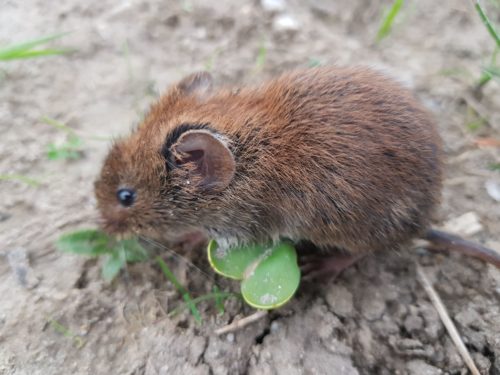Voles are relatives of lemmings and hamsters. They do not hibernate. Voles are common in woodland areas in Europe and Asia.
Also known as:
Meadow mice (vs)
Do not confuse with:
Brown rat (Rattus norvegicus)
Voles (Arvicolinae) are relatives of lemmings and hamsters. They do not hibernate. Voles are common in woodland areas in Europe and Asia. Voles include: field vole (Microtus agrestis), common vole (Microtus arvalis), muskrat (Ondatra zibethicus), European water vole (Arvicola amphibius) and the bank vole (Clethrionomys glareolus). Voles can be a real pest and cause damage in the vegetable and ornamental garden. They eat the roots of both seedlings and young plants, from large (fruit trees) to small (parsley plants).
Vegetables with pronounced flavor (onions, cabbages, lee
Bir
Where to find
- Common in vegetable plots and ornamental gardens
Control
Unfortunately, damage to the roots of plants, shrubs and trees is irreversible.
Prevention
Plant groups of Kaiser’s crowns (Fritillaria imperialis) because voles do not like the smell of this bulbous plant. Place nest boxes for owls and small bi

